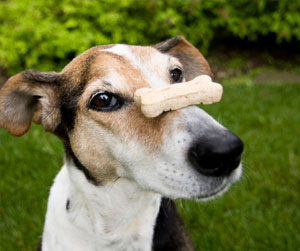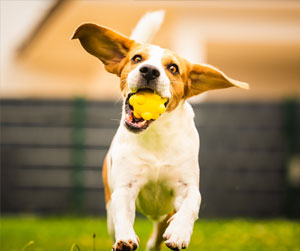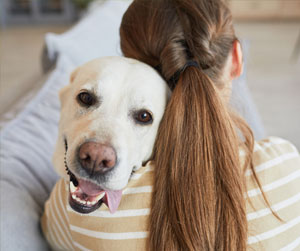As a devoted pet owner, you’ve likely observed your dog’s eyes light up at the sight of a treat or their tail wag furiously at the jingle of a toy. But have you ever wondered what truly drives your furry friend’s behavior? Understanding what motivates our canine companions is not just a matter of curiosity; it’s key to effective training and building a stronger bond. Let’s explore the world of dog motivators, including the classic treats and toys, and delve into some special considerations for those unique pups out there.

When it comes to dog training, treats are often the go-to. As a trainer myself, I recommend one-ingredient freeze-dried treats for their simplicity, low allergy risk, and gentle nature on your dog’s stomach. But the world of dog treats is vast and creative. From doggy ice cream to canine cupcakes, the choices are endless. While indulging your pup with these treats, it’s crucial to monitor the quantity and frequency to avoid overfeeding. Treats are not just about spoiling your dog; they’re a powerful tool for motivation and reinforcement during training sessions.

Moving beyond treats, toys are another fantastic motivator for dogs. Generally, dogs fall into two categories with toys: the chasers and the tuggers. Chasers delight in running after balls or squeaky toys, while tuggers revel in the resistance of a good rope or durable tug toy. You might notice working dogs often use toys as motivators to keep them focused and not distracted by their environment. Spend time playing with your dog to discover their preference. Does your dog enjoy a game of tug-of-war, or do they get a thrill from destroying a squeaker? Tuning into these preferences can make toys an effective training aid.

A strong bond with a human is perhaps one of the most potent motivators for a dog. Dogs crave our acknowledgment, whether it’s through petting, talking, or simply being in our presence. However, dogs don’t always distinguish between positive and negative attention. For instance, you might be reprimanding your dog for a misdeed, but they’re just happy you’re engaging with them. It’s important to be mindful of the attention we give and how it can shape our dog’s behavior and strengthen our bond.
Special Considerations: Adrenaline Junkies and Sensory Seekers
Some dogs are adrenaline junkies, getting a thrill from activities that spike their excitement levels, like barking at passersby through a window. This rush of adrenaline can sometimes lead to undesirable behaviors. As responsible pet owners, we should recognize these tendencies and redirect their energy positively.
Sensory dogs, on the other hand, are driven by their need for tactile and olfactory experiences. For example, a Basset Hound may be driven by its powerful sense of smell, while a Jack Russell might find joy in digging. Understanding these sensory needs can help us provide more fulfilling and suitable activities for our pets.
In conclusion, the key to effective dog training and a happy, balanced relationship lies in understanding what motivates our canine friends. Whether it’s treats, toys, attention, or catering to their unique sensory needs, tapping into these motivators can make training more enjoyable and effective for both you and your dog. Remember, every dog is different, and part of the joy of pet ownership is discovering what makes your furry companion tick.

